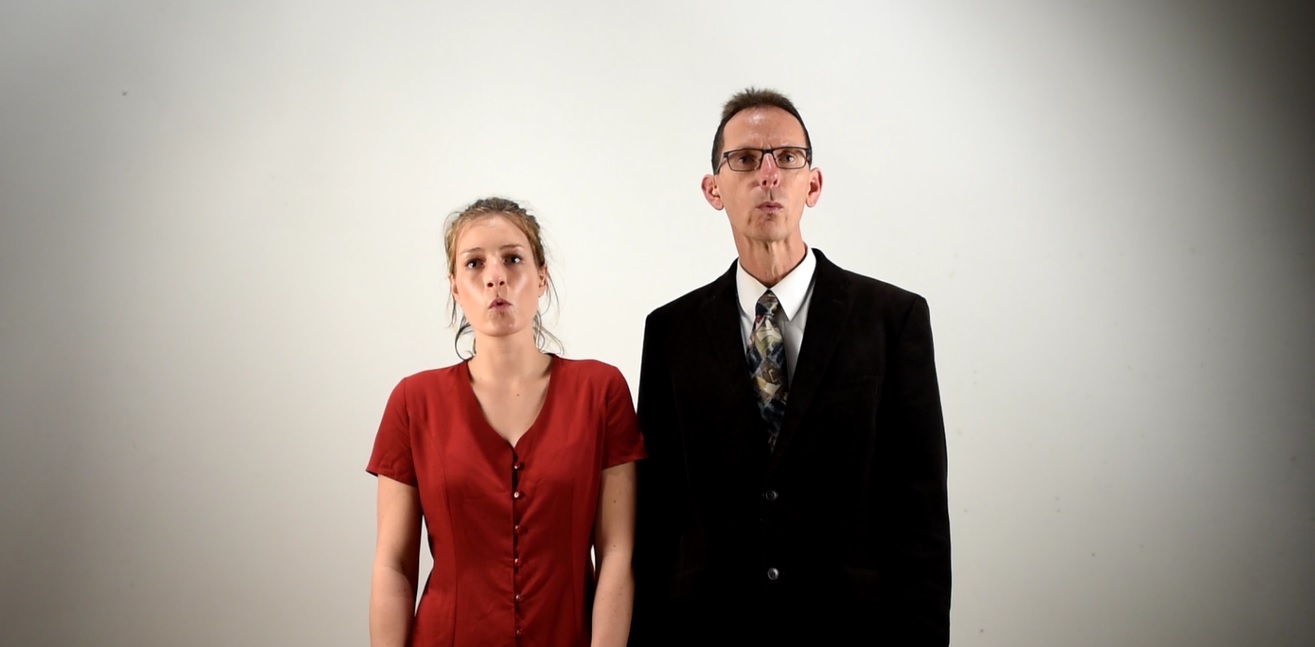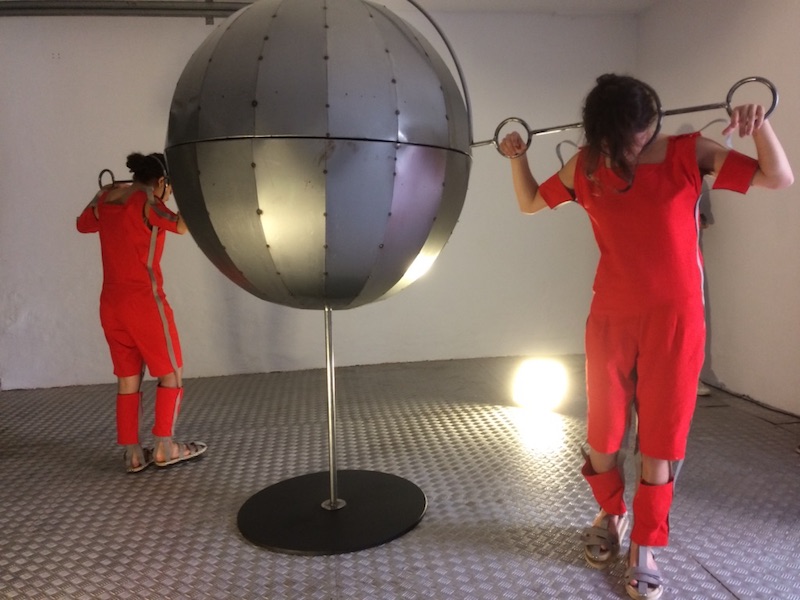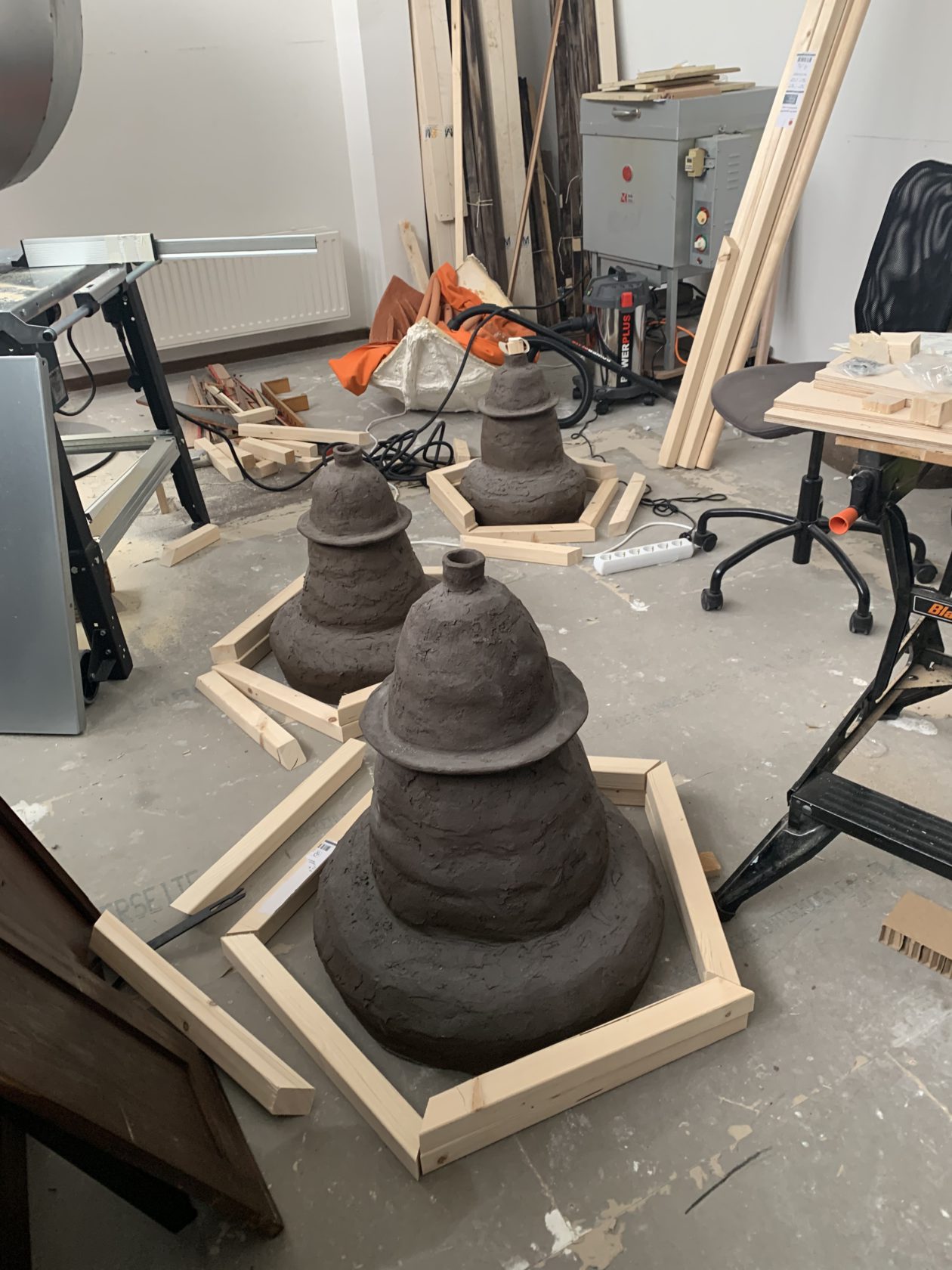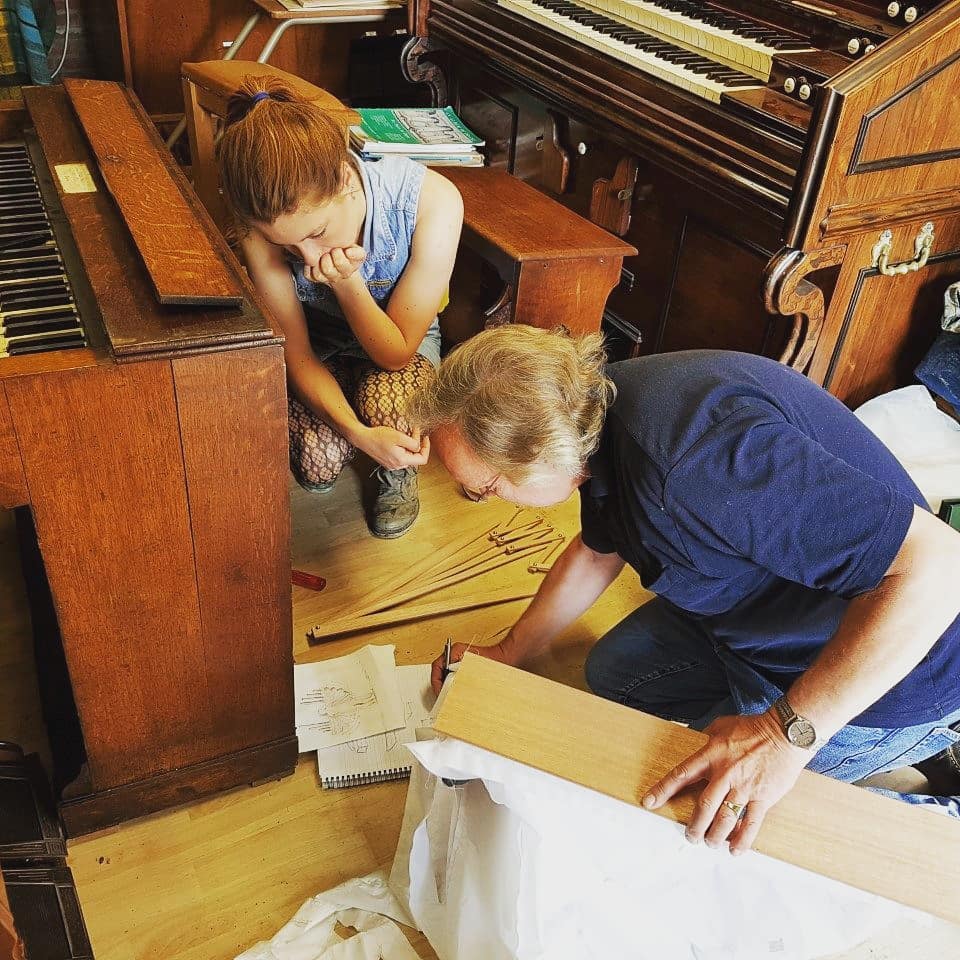Stroom Invest interviews / artist Lydia Buijs
Over homemade pastries and tea at her studio in Moerwijk, artist Lydia Buijs (b. 1991) shared some insights about her developing practice, performative installations, and new inspiration.

Could you give a short introduction about your background?
I grew up in Woerden, a city between Gouda and Utrecht. I was very protected, and I found it a great way to grow up. It was very nice. I was always seen as a bit of a “flierefluiter”, which basically means that you are never taking anything too seriously. But even then, I always enjoyed making. I played music, flute, and a bit of saxophone. When I finished high school, I began working in a clothing store and was exposed to haute couture. While working there, I attended some trade shows, and became very fascinated by fashion. Driven by this fascination, I attended the basic year at the Royal Academy of Art in The Hague. My tutors, reflecting on my practice, guided me more and more towards fine art and less towards fashion. Fine art felt like a better fit for me.
How do you work? What does an average studio day look like for you?
It really depends. I have very productive moments and I have non-productive moments. The times when I am productive are when I know that something is coming up, a deadline like an exhibition, or when I feel super inspired, sometimes by a new material or medium. Occasionally I am avoiding working in the studio. I know it helps to be there, so when I feel like I am making excuses, I try to at least enter the space and do something, anything, to keep busy. If I want to start working, I need to start early because if I wait too long, it can feel like I missed my chance. I always play some music to get into the mood. It depends on the work I am making but I listen to a lot of classical and religious music. The music adds to a sort of bubble I try to create in the studio.

Do you ever feel stuck? What do you do (or not do) when that happens?
Well, the solution for me is to always make sure that the initiative comes from myself. Meaning if nothing is coming to me that I will go and seek it out. Normally, a trigger is to have an exhibition, or a studio visit. I am interning right now with a harmonium restoration specialist. Harmoniums are an antique instrument. They were popular in the 1900s, the biggest industry worldwide at that moment even. Now they are a forgotten instrument. I’m finding a lot of inspiration through this internship. The mentor who is teaching me about this instrument also helped me with my organs for my graduation work. He provided me with advice on how to make the wings.

How has your practice changed since graduating?
I am still searching, creating an ideal, comfortable environment to work in. I see a whole world of new possibilities and new materials to work with. On the other hand, I am facing new limitations as I cannot use the workshops anymore. I just got a table saw and I am super happy with it. This gives new input into my practice. I plan to try glassblowing, which is something I am keen to discover. It opens things up.
What role does arts funding have?
When you receive any funding, it feels like the biggest compliment. It feels like a confirmation that you’re doing something that resonates. Sometimes when you write applications for subsidies, you can be a bit ambitious about what you want to achieve. I need a plan before because I am easily lost in the time and possibilities I have. I find it difficult to make choices. When you write a plan for something more specific, that choice is made for you. You’re going to do it because you have to for the subsidy. That helps.
How easy is it to give the control away to other performers in your work?
During my graduation show at the Royal Academy of Art, I was performing every hour, every day, with another performer. I realized through that experience that when you perform more and more often, you really grow with the instrument. At some point I realized that it’s much better to have one person at least who really knows the instrument. With that work, I didn’t want to give away any control. A later work I made, Rond en Rond, there I gave it to two girls. The work consists of a metal ball and the two girls were attached to the construction, through a metal pillory-like device, while wearing metal shoes. The performers continued for a duration of more than an hour. I was happy that I wasn’t doing it because I could at least chat with some people and observe the work instead of being inside of it. I was able to take some distance from it in a nice way.
After that, are you more comfortable working with performers other than yourself?
I would really like to involve others more but I can also feel insecure. I am always afraid that the people I ask to perform could think the idea is stupid or that I may ask something that is too much. I feel guilty to make other people do something. If you do it yourself, you know your own limits.

What memorable responses have you had to your work?
One person said that my work would fit in very well at Oerol, a theatre festival in Terschelling. I was really flattered, because it has been my dream is to make an art piece shown at Oerol. A while ago, I sold a work to Voorlinden, Erbarme Dich, a whistling piece with my dad. They posted the video on their Facebook page and there were so many negative reactions. People were really hating it. One person said that if their tea kettle from Blokker made the same noise, they would return it. At first I was a bit shocked. I was on the phone with my dad and was saying “Dad, you know what they said about us?!”. And then he started laughing and now I think it’s funny. That was very memorable, maybe not in the best way. It was funny to experience both sides, people either love it or they hate it.
What do you feel you are trying to accomplish with your artwork?
I think what I find to be most important is that the objects I make are made with care and that my work is able to speak to people who are vulnerable and open to it. When I make art, it is a moment in time I spend alone, where I am connected to archetypes, a collective unconscious, as Carl Jung called it. The organs I made for graduation, and even the bells I am now making, these things together are archetypes. If I look at my work, I can recognize that. It’s important that my work is attractive and easy for people to connect to. There is no specific background needed. I don’t want to make it difficult, or complicated. It’s not a work of science. In the end, it’s just an idea that pops up in my head. Many people have ideas that pop up. I’m just the one that is making it. I really dislike when the explanation becomes more important than the work itself.

What are your views on the relationship between art and rituals in religion? And how does this inform your practice?
I believe the instinct of art making is very closely tied to the instinct of rituals. They both come from the act of commemorating important happenings. If we look back in history, that could be a birth or marriage. Art, like rituals, is a way of making things special, a way of distinguishing the important stuff from the normal things. Maybe art is also a way for me to stand still.
With the practice of religion in Western Europe on the decline, do you feel a sense of responsibility to continue discussions about it’s place in our world through your artwork?
I don’t want to defend the practice of religion but I miss a sort of religiosity in society. We don’t seem to stand still and acknowledge the small things as much. I don’t preach an institutional form of religion, but I believe in the importance of more mindfulness. My work is, for my audience, a moment of reflection. There is no start time or end time. People can stumble into my work and stay as long or as short as they like. I am not holding them hostage. They can take what they want on their own terms. It’s the audience’s responsibility to take their own meaning.


You are currently working on making musical bells for an upcoming exhibition, InTake at Quartair. In many cultures, bells signify a call to consciousness or worship. Was this an intentional choice in your process? What are you trying to represent?
I felt attracted to the bells because they ask for a moment of attention. I find that really interesting. They are universal and find their place in many cultures. As an artist, I take them out of context and create a moment to reflect. I am not trying to make any statement, politically or religiously. All of my work, it has to be open. It has to be left up for interpretation.
—————————————–
In a collaboration between Jegens & Tevens and Stroom Den Haag a series of interviews will be published with (inter)national curators, artists and critics participating in Stroom’s Invest Week 2019.
The Invest Week is an annual 4-day program for artists who were granted the PRO Invest subsidy. This subsidy supports young artists based in The Hague in the development of their artistic practice and is aimed to keep artists and graduates of the art academy in the city of The Hague. In order to give the artists an extra incentive, Stroom organizes this week that consists of a public evening of talks, a program of studio visits, presentations and a number of informal meetings. The intent is to broaden the visibility of artists from The Hague through future exhibitions, presentations and exchange programs. The Invest Week 2019 will take place from 17 to 21 June.